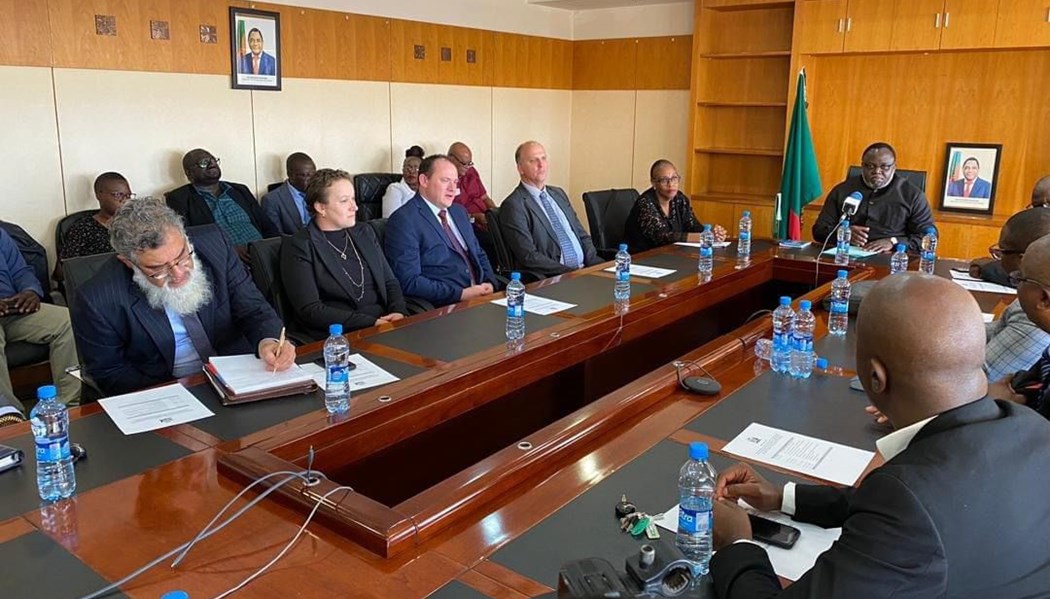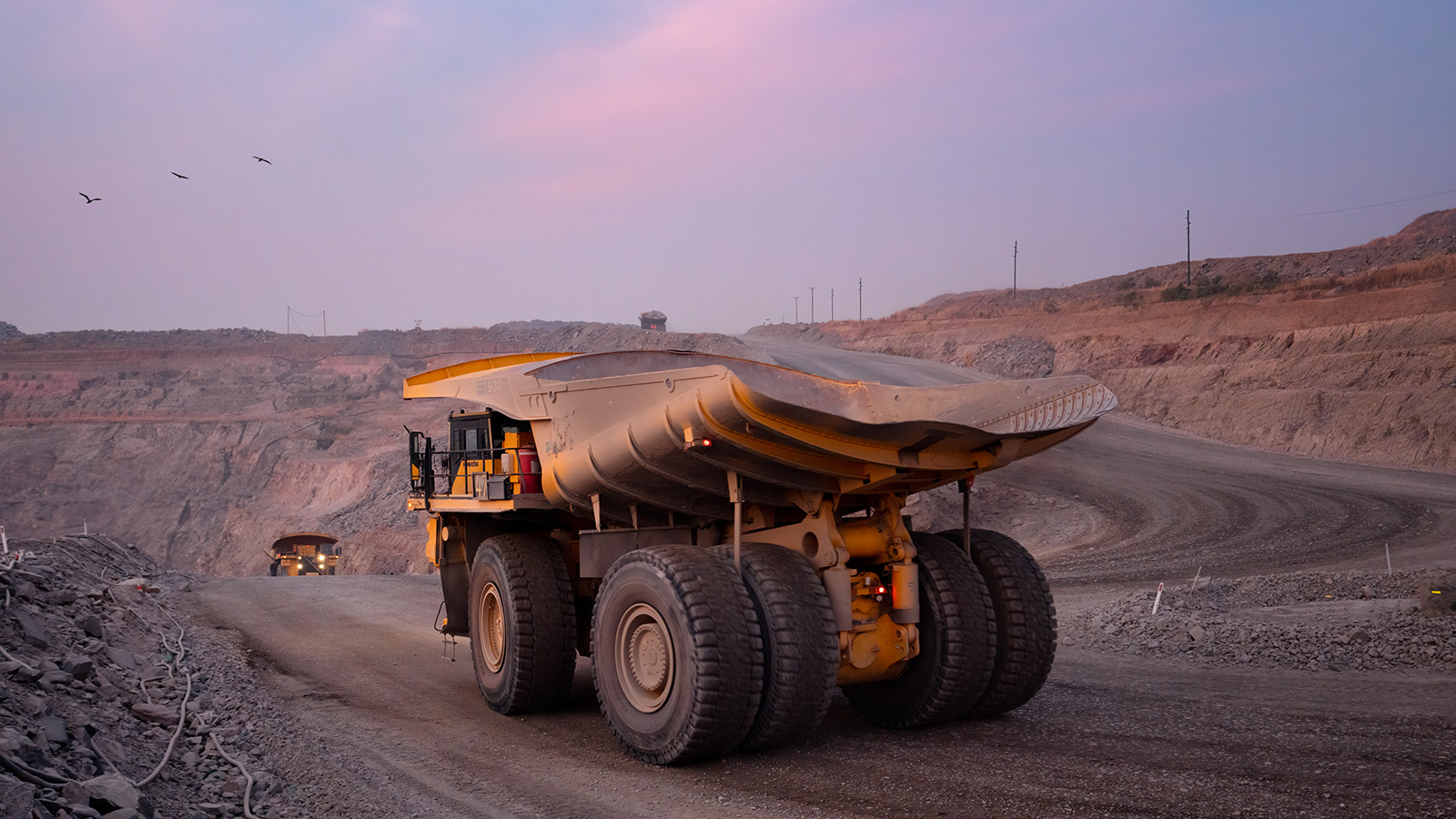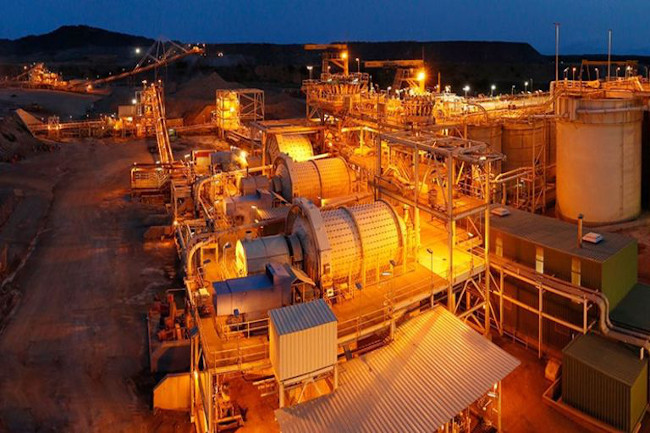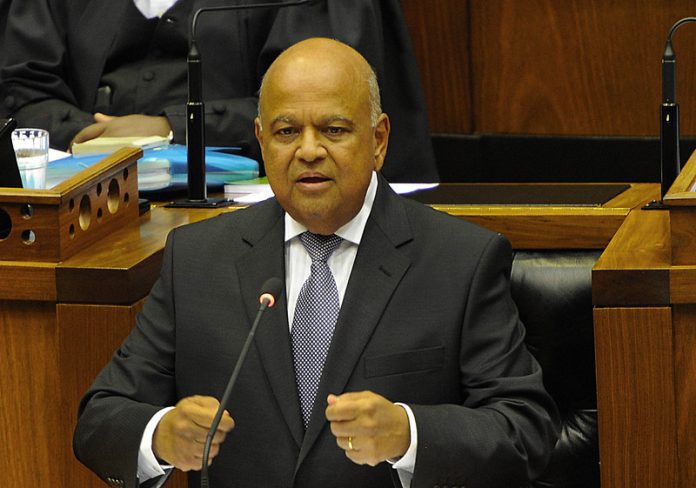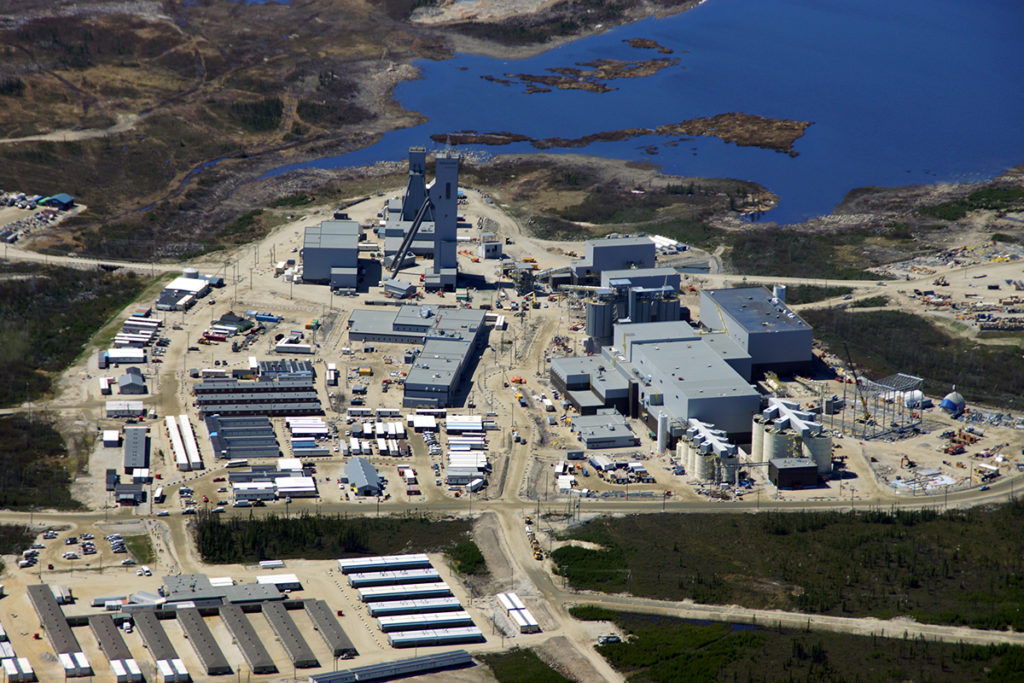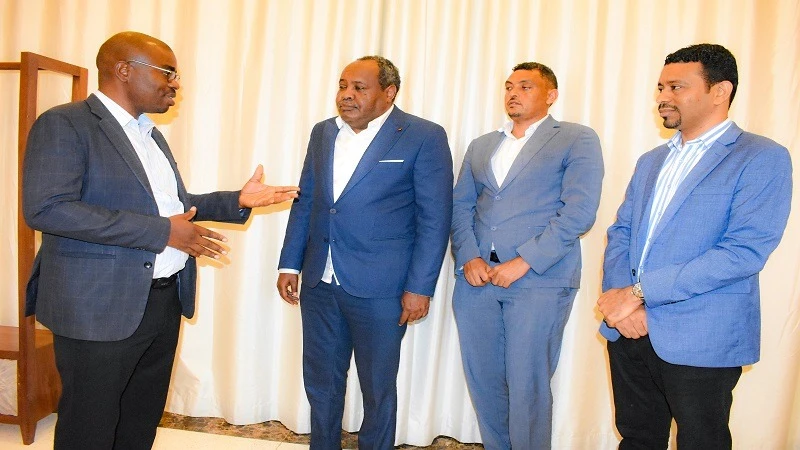Mining Other

South Africa Manganese delivers strong finish with 25% higher last quarter production
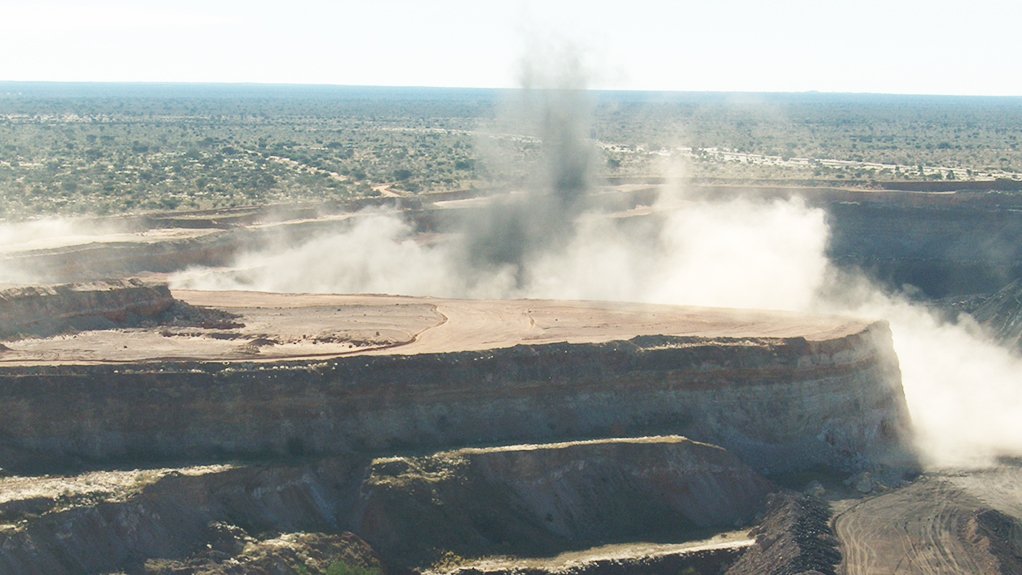
In the three months to June 30, manganese production beat guidance by 9% as Australia Manganese completed its recovery plan from the impacts caused by Tropical Cyclone Megan and South Africa Manganese saleable production was largely unchanged at 2 151 000 wet metric tons (wmt) during financial year 2025 (FY25).
The strong finish to the year by the Northern Cape's manganese endowment was marked by production increasing by 25% in the June quarter, exceeding FY25 production guidance by 8%.
While South32 will continue to monitor and respond to market conditions, FY26 production manganese guidance remains unchanged at 2 000 000 wmt.
June quarter sales soared by 48% while sales-mix optimisation realised a 11% premium to the medium grade 37% manganese lump ore index27.
On June 3, Samancor Manganese Proprietary completed the divestment of the Metalloys manganese alloy smelter in South Africa’s Gauteng province to Khwelamet, owned by a joint venture between Menar and Ntiso, which hopes to revive South Africa’s ferromanganese added-value alloy output in support of national reindustrialisation efforts.
Despite being the world’s biggest supplier of manganese ore, South Africa’s capacity to add value has decreased owing mainly to escalating electricity costs. The return of Metalloys under the Khwelamet brand creates an opportunity to replenish lost production capacity while taking advantage of locally sourced manganese ore.
Concurrently, South Africa’s national mineral research organisation Mintek has demonstrated production of manganese ferroalloys with the use of reductants such as hydrogen and aluminium to eliminate CO₂ emissions. Simultaneously, manganese waste is converted into products, making the process both cleaner and more far-reaching.
South32 will recognise a post-tax gain of $46-million from the sale of the ferromanganese alloy facility.
South32’s Australia Manganese received $350-million of external insurance payments in FY25, following the impacts of Tropical Cyclone Megan and the company is continuing to work with its insurers on further insurance recoveries.
South32 provided net funding of $110-million to its manganese environmental impact assessments in FY25, including $47-million in the June 2025 quarter, primarily to support the operational recovery plan at Australia Manganese.
South32’s manganese production exceeded FY25 production guidance by 9% and aluminium guidance by 6%.
ALUMINIUM SALES RISE IN FINAL QUARTER
The FY25 production of South32’s 100%-owned Hillside Aluminium in South Africa’s Richards Bay marked time at 718 000 t but FY25 aluminium sales were up 2% at 732 000 t uplifted by a 13% final quarter sales rise.
In May, South Africa’s State-owned power utility company Eskom agreed electricity pricing for Hillside Aluminium as part of the South African government’s policy to support strategic industries that create value for the nation.
The agreement was described by South32 as enabling the Hillside aluminium smelter to remain internationally competitive so that it can continue to deliver economic benefit to South Africa.
Under scrutiny for remedying is Hillside’s value-lowering ‘high-carbon’ status. The carbon-intensive description given to Hillside stems from its use of Eskom’s largely coal-fired electricity, but competitive decarbonisation is continuing to be intensively investigated for what is the largest aluminium smelter in the southern hemisphere and the producer of a major percentage of primary aluminium for South Africa’s value-adding secondary aluminium product producers.
‘Greening’ Hillside, which is responsible for 94% of South32’s total Scope 2 emissions, will hopefully receive public-private attention to ensure that the aluminium it produces can benefit from the green price premium that is being paid for aluminium that is not excessively carbonised.
The smelter is the only producer of primary aluminium in South Africa and the main supplier to downstream beneficiators, including Hulamin, avoiding R10-billion a year in aluminium imports.
Just energy transition considerations for Hillside require the switch to low-carbon energy to be planned in collaboration with a broad range of government and community stakeholders.
South Africa’s National Ports Authority has signed a 15-year lease agreement with Hillside to secure the continued operational presence of South Africa’s only primary aluminium producer at the Port of Richards Bay.
The smelter uses alumina imported from South32's Worsley Alumina of Australia to produce primary aluminium.
“We continued to streamline our portfolio towards higher-returning businesses,” South32 CEO Graham Kerr stated in a release to Mining Weekly.




